Growing Demand for High-Quality Visual Content
The Studio Lighting Market is experiencing a surge in demand for high-quality visual content across various sectors, including advertising, film, and photography. As businesses increasingly recognize the importance of visually appealing content in capturing audience attention, the need for advanced studio lighting solutions has escalated. This trend is reflected in the projected growth of the market, which is expected to reach approximately 5 billion USD by 2026. The emphasis on professional-grade lighting equipment is likely to drive innovation and investment in the Studio Lighting Market, as companies seek to enhance their production quality and meet consumer expectations.
Expansion of the Entertainment and Media Sector
The expansion of the entertainment and media sector is significantly influencing the Studio Lighting Market. With the rise of streaming platforms and the increasing production of original content, there is a heightened demand for professional lighting solutions. This sector's growth is expected to contribute to a robust increase in the Studio Lighting Market, as production companies invest in high-quality lighting to enhance their visual storytelling. The market is projected to grow at a compound annual growth rate of around 6% over the next few years, driven by this expanding demand for superior lighting in media production.
Increased Focus on Aesthetic Appeal in Marketing
An increased focus on aesthetic appeal in marketing strategies is significantly impacting the Studio Lighting Market. Brands are recognizing that visually striking advertisements and promotional materials can enhance consumer engagement and brand perception. As a result, there is a growing investment in high-quality studio lighting to create captivating visuals that resonate with target audiences. This trend is likely to drive the demand for advanced lighting solutions that offer flexibility and precision in lighting design. The Studio Lighting Market is expected to benefit from this shift, as companies seek to elevate their marketing efforts through superior lighting techniques.
Technological Advancements in Lighting Equipment
Technological advancements are playing a pivotal role in shaping the Studio Lighting Market. Innovations such as energy-efficient LED lights, smart lighting systems, and remote control capabilities are transforming how lighting is utilized in studios. These advancements not only improve the quality of lighting but also enhance user convenience and flexibility. The integration of smart technology allows for customizable lighting setups, which can be adjusted in real-time to suit various production needs. As a result, the Studio Lighting Market is likely to witness increased adoption of these advanced solutions, further propelling market growth.
Rising Popularity of Live Streaming and Content Creation
The rising popularity of live streaming and content creation is reshaping the Studio Lighting Market. As more individuals and businesses engage in live broadcasts, webinars, and online tutorials, the need for effective lighting solutions has become paramount. Content creators are increasingly investing in professional lighting setups to improve their production quality and viewer engagement. This trend is likely to drive the demand for versatile and portable lighting options, which can be easily set up in various environments. Consequently, the Studio Lighting Market is expected to adapt to these evolving needs, fostering innovation and product development.


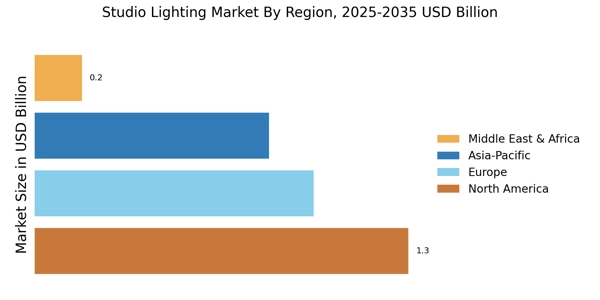

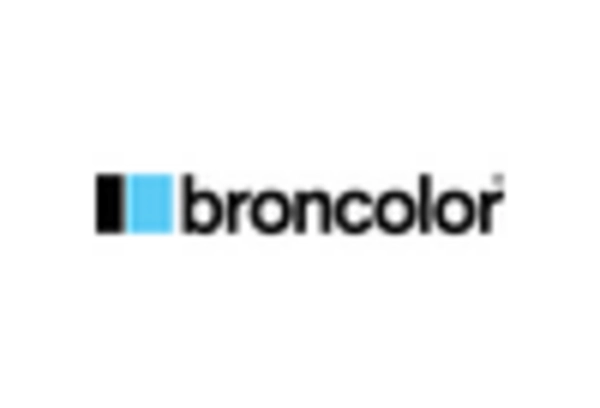
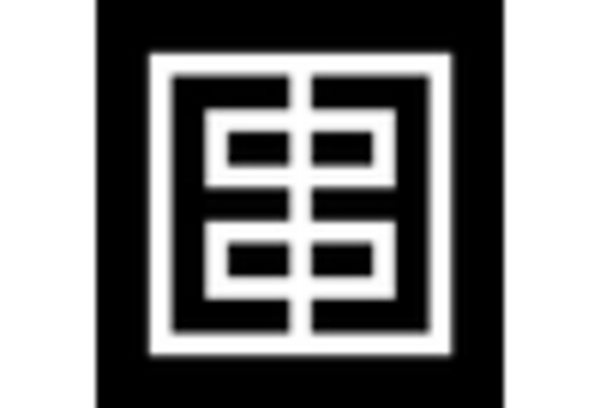
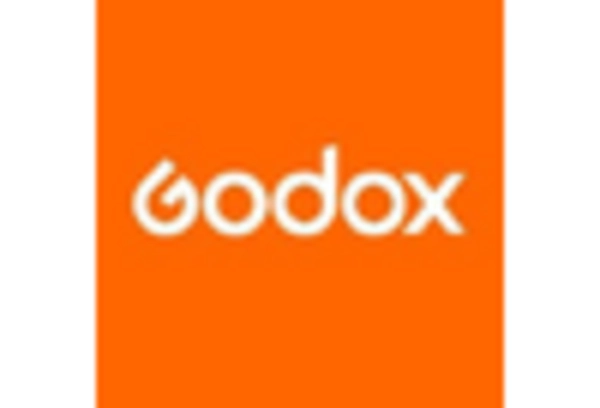
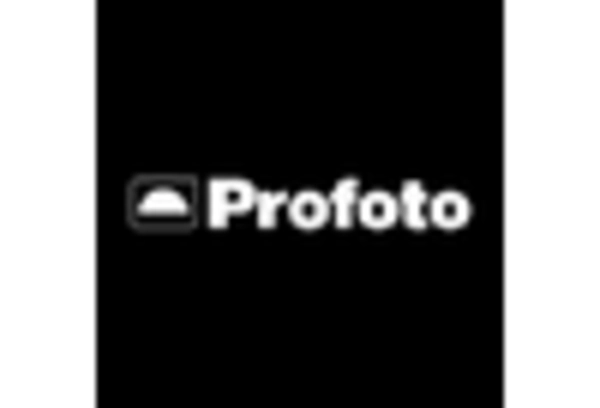
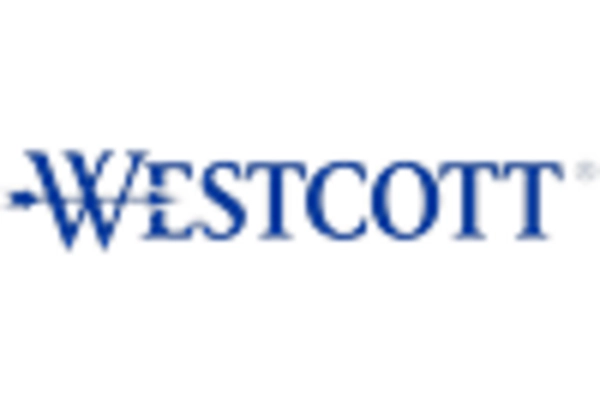








Leave a Comment